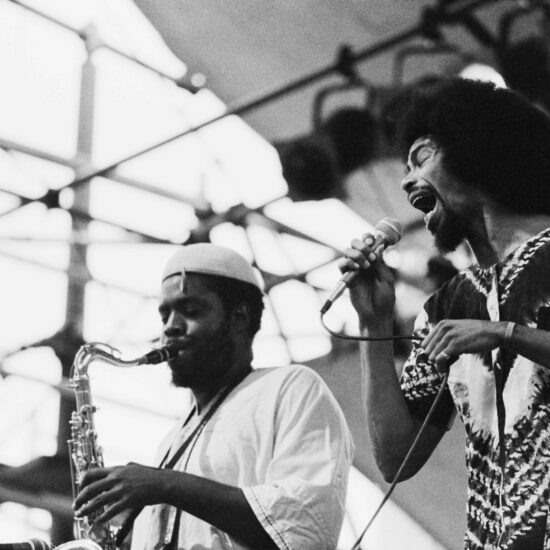
Gil Scott-Heron: “Closer to Langston Hughes than Huey Newton”
The influence of writer and musician Gil Scott-Heron is widely felt. However, assessing his legacy involves figuring out just what kind of artist he was.

The influence of writer and musician Gil Scott-Heron is widely felt. However, assessing his legacy involves figuring out just what kind of artist he was.
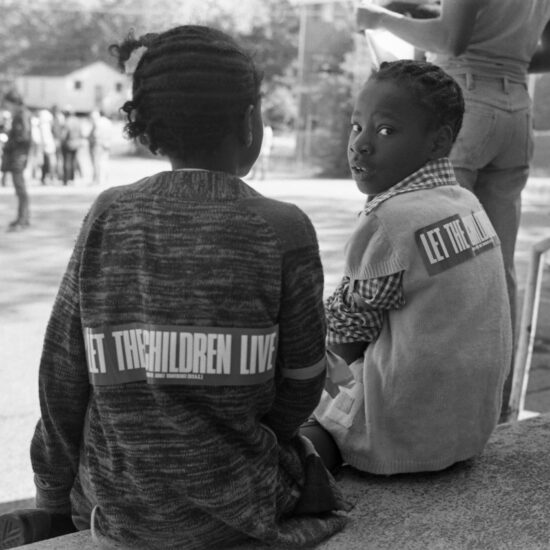
In his last and least known book, James Baldwin demonstrates how the Atlanta Child Murders were not an aberration but rather evidence of the failures of integration, the growing divide between the Black poor and the middle classes, and the need to claim the dead as our own.
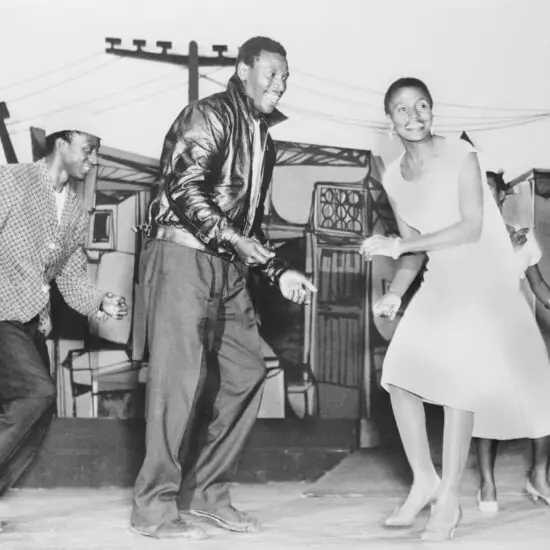
The success of the integrated production of the 1959 musical King Kong had been highly unlikely, and it symbolized a fleeting burst of hope for a multiracial society in Apartheid South Africa.
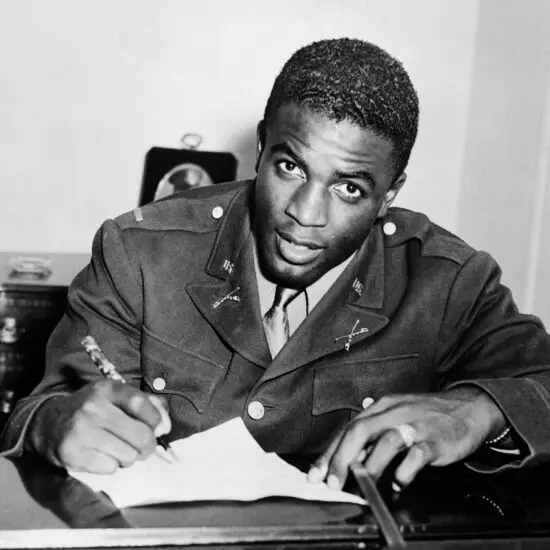
Before beginning his Hall of Fame baseball career, Jackie Robinson served as a second lieutenant in the United States Army, enduring a court martial in pursuit of equal rights for Black soldiers.
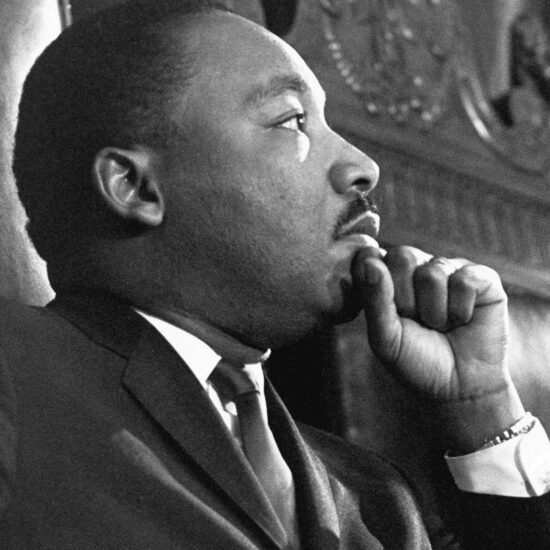
Preaching peace, yet struck down by violence, the killing of Dr. Martin Luther King Jr. reshaped America’s urban spaces and fundamentally changed how the country remembers this civil rights leader.
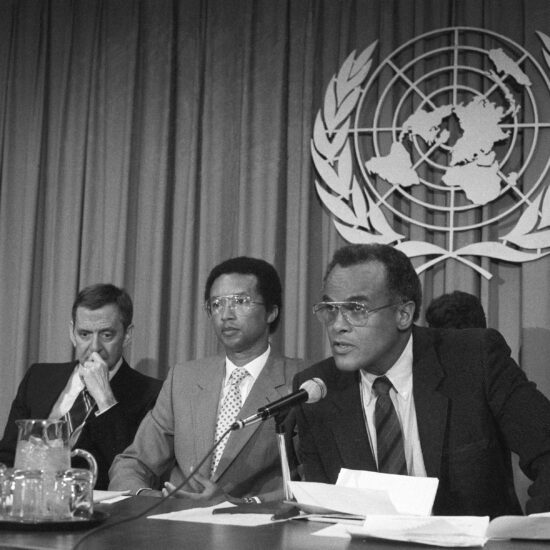
African Americans were closely involved in the fight against South African apartheid, with cultural icons, legislators, civil rights activists, and athletes all playing their part to call attention to the issue and to ultimately pass sanctions against South Africa.
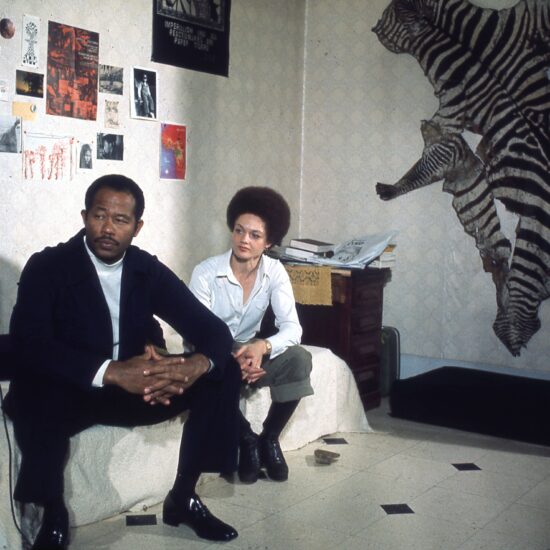
Author of Soul on Ice and one of the most recognized activists for Black internationalism, Eldridge Cleaver went from militance to obscurity.
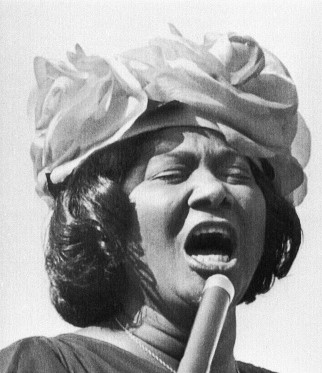
A photograph of Mahalia Jackson in 1964 offers a window on the role of music in the civil rights movement.
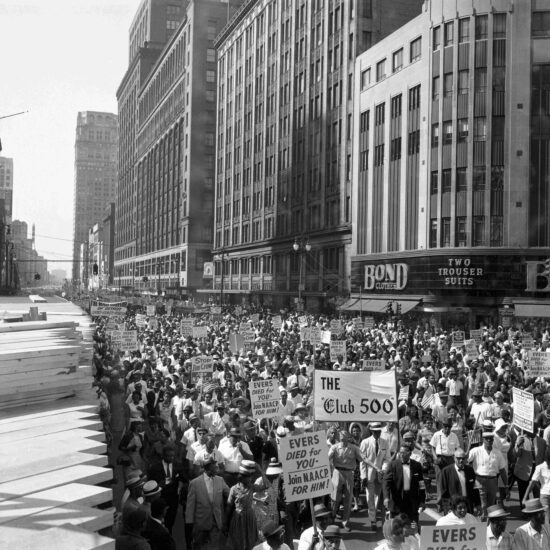
For one day in June 1963 Detroit was the center of the civil rights movement.
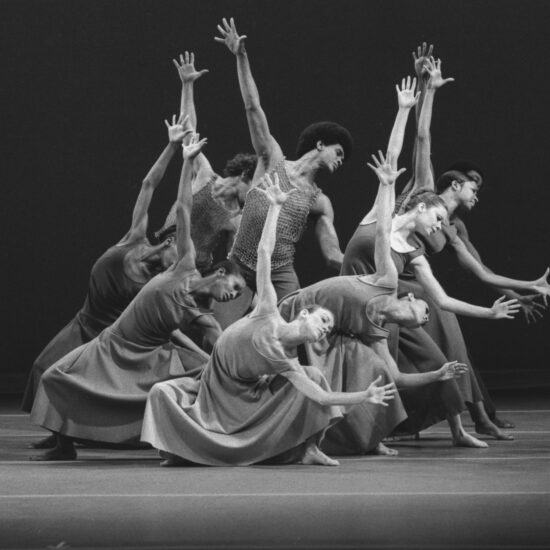
The famed choreographer used his art to emphasize the universal resonance of African American stories.